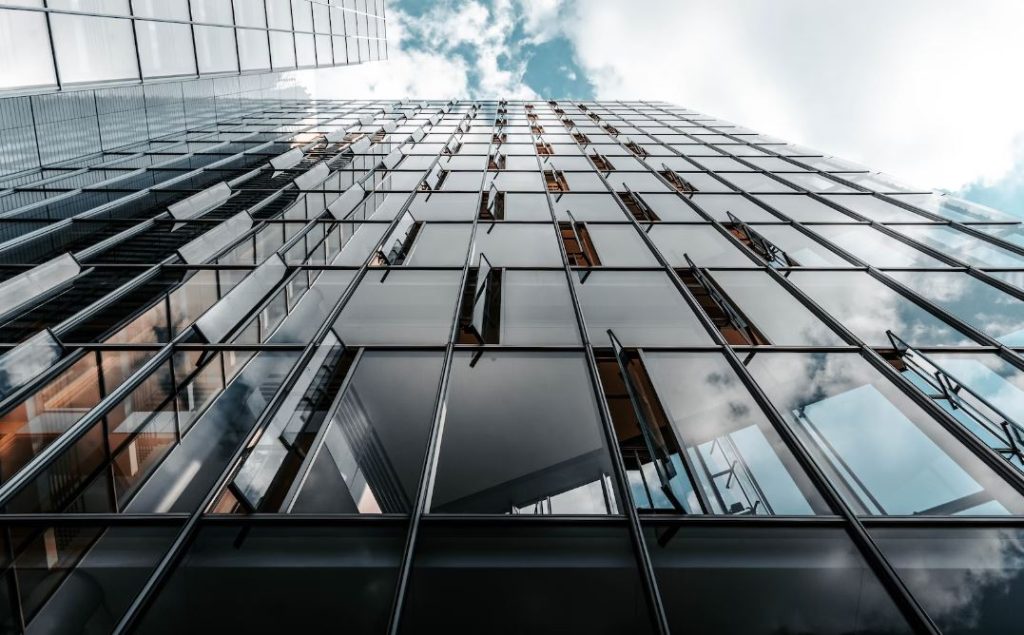The architectural landscape is continuously evolving, and one of the most remarkable innovations in recent years is the widespread adoption of prefabricated steel structures. These structures have redefined the way people think about design, offering architects and builders a canvas of unprecedented creative possibilities and unrivaled versatility. This article talks about prefabricated steel buildings, exploring how these structures have reshaped architecture.
- Unlocking Imagination: Infinite Design Freedom
- Seamless Integration: Harmonizing with the Environment
- Scalability and Adaptability: Meeting Evolving Needs
- Efficiency and Sustainability: Green Design Solutions
- Fast-Track Construction: Meeting Tight Deadlines
- Structural Integrity and Safety: Designing with Confidence
- Cost-Effective Excellence: Designing within Budget
Unlocking Imagination: Infinite Design Freedom
One of the foremost advantages of designing with prefabricated steel structures is the boundless creative freedom it provides. Architects are no longer constrained by traditional construction methods, as steel’s malleability allows for the realization of previously unimaginable designs. From sleek, minimalist aesthetics to bold and avant-garde forms, the adaptability of steel empowers architects to turn their visions into breathtaking reality.
Seamless Integration: Harmonizing with the Environment
Prefabricated steel structures are not just aesthetically versatile; they also excel in seamlessly integrating with their surroundings. Through strategic design choices, these structures can effortlessly blend into diverse landscapes, from urban cityscapes to serene rural environments. Utilizing steel provides architects with the chance to establish a harmonious coexistence between the built environment and the natural world, fostering sustainability and elevating the overall aesthetic appeal.
Scalability and Adaptability: Meeting Evolving Needs
The versatility of prefabricated steel structures extends beyond their initial design. They are inherently scalable and adaptable, capable of accommodating changing requirements and future expansions. Architects can plan for growth, knowing that steel buildings can easily evolve to meet evolving needs, whether it’s a residential home, an industrial facility, a commercial space, or even incorporating features like a home elevator. This adaptability ensures that the structures remain relevant and functional over time.
Efficiency and Sustainability: Green Design Solutions
In an era where sustainability is paramount, prefabricated steel structures offer an eco-friendly alternative. Steel is highly recyclable and often contains a significant proportion of recycled material, making it a sustainable choice for environmentally-conscious designers. The efficient construction process reduces waste and minimizes environmental impact, aligning perfectly with the principles of green design.
Fast-Track Construction: Meeting Tight Deadlines
Time is often of the essence in construction projects, and prefabricated steel structures shine in this regard. The off-site fabrication of steel components significantly shortens construction timelines, allowing projects to be completed faster and on schedule. This not only reduces costs but also minimizes disruptions to the surrounding environment. Architects can confidently take on projects with tight deadlines, knowing that prefabricated steel structures offer a reliable solution.
Structural Integrity and Safety: Designing with Confidence
When it comes to safety and structural integrity, prefabricated steel structures have a stellar track record. Steel’s inherent strength and durability provide architects with the peace of mind that their designs will stand the test of time. Furthermore, steel’s resistance to pests, fire, and adverse weather conditions ensures that occupants can enjoy a safe and secure environment within these innovative structures.
Cost-Effective Excellence: Designing within Budget
In the world of architecture, managing project costs is a perpetual challenge. Prefabricated steel structures offer a cost-effective solution without compromising on quality or design. The efficiency of steel construction reduces labour costs and construction time, leading to substantial savings. Architects can allocate their budget toward other creative aspects of the project, enhancing the overall design without exceeding financial constraints.
In conclusion, designing with prefabricated steel buildings represents a paradigm shift in contemporary architecture. The creative possibilities and versatility offered by these structures are virtually limitless, allowing architects to push the boundaries of design while prioritizing sustainability, efficiency, safety, and cost-effectiveness.


